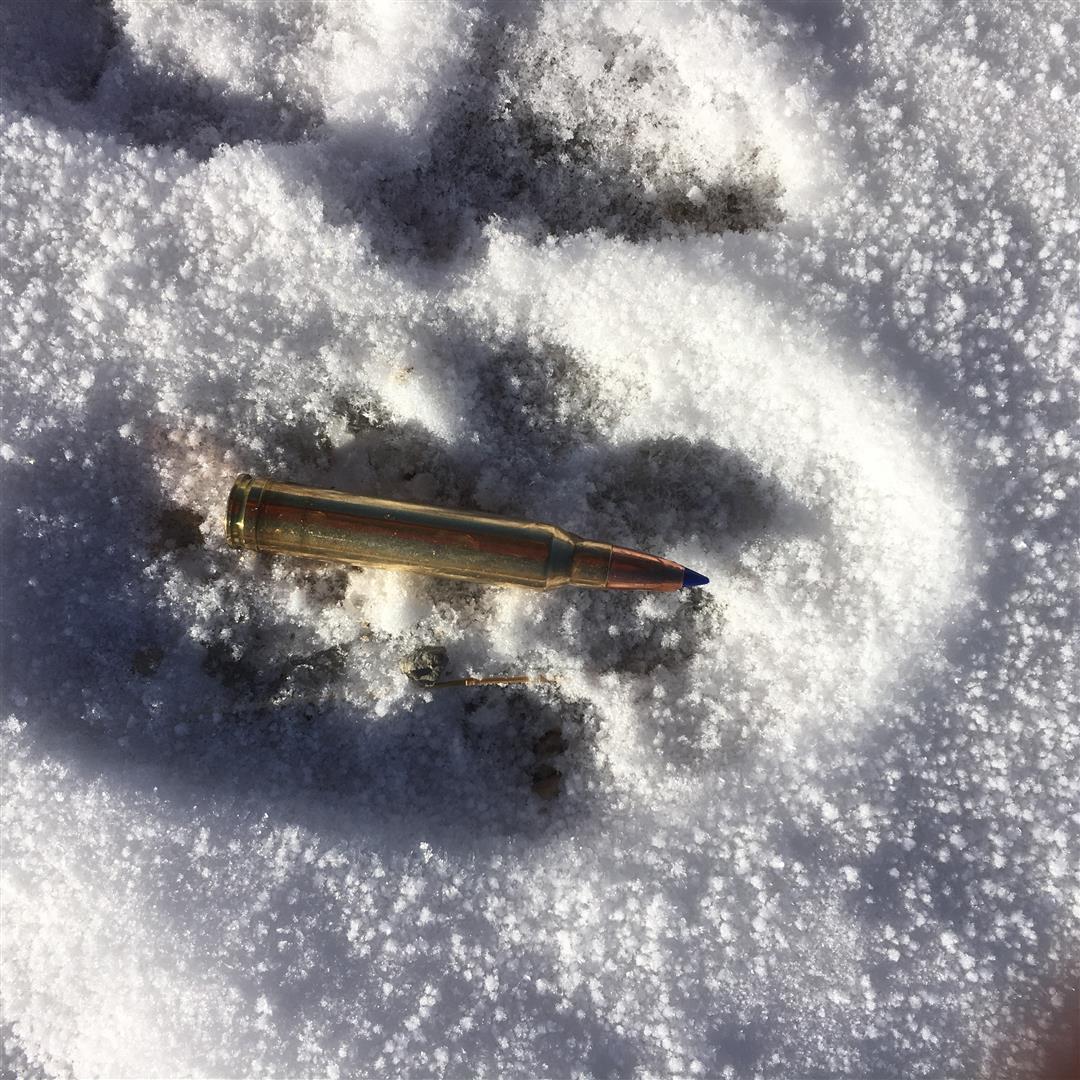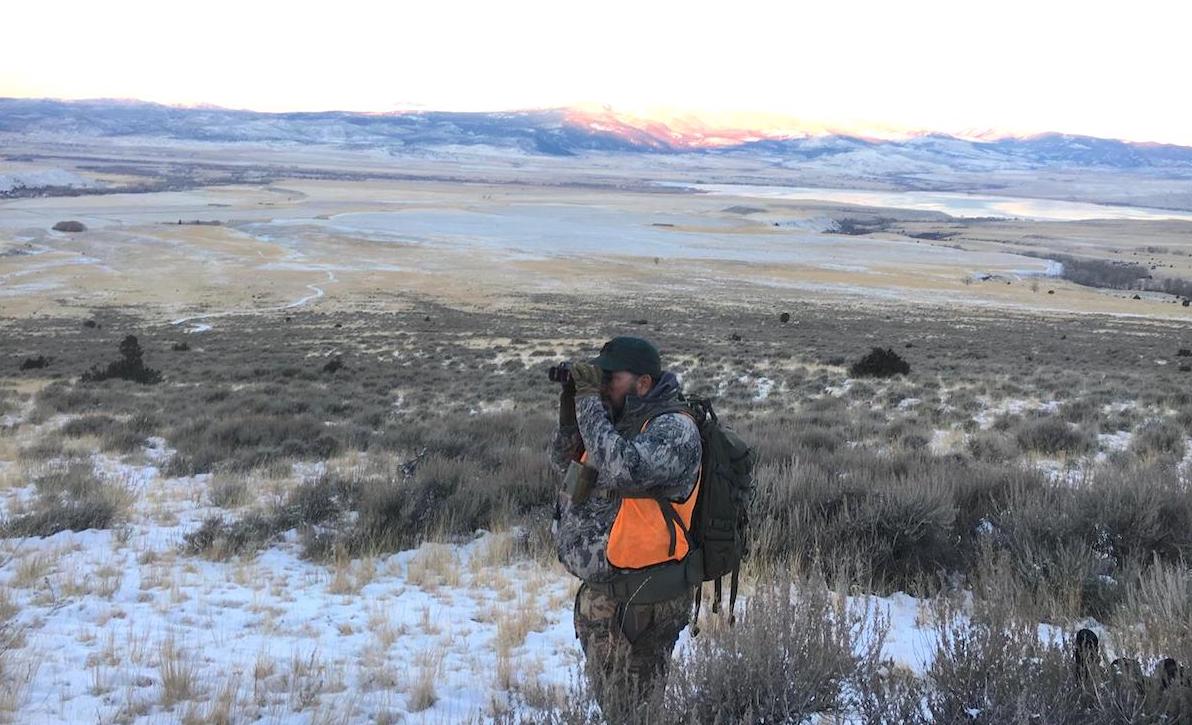The large elk herd in this featured image would not leave the safety of the open plains, fearful of the wolf pack living in the timbered mountains.
During the famous Lewis and Clark expedition across the Great Plains to the Pacific Ocean from mid-May 1804 until late September 1806, the crew (33 men and one dog) was expected to replenish their larder along the way by hunting and gathering as circumstances and conditions allowed.
From William Clark’s journal:
“It requires 4 deer, or an elk and a deer, or one buffalo to supply us for 24 hours.” Additionally, 193 pounds of “portable soup” were ordered as an emergency ration when stores ran out and game was scarce or unavailable. Each man consumed 9 pounds of meat per day, when available, and the designated hunters of the Corps were kept busy throughout the journey.
A large reason it was possible for the Corps of Discovery to kill and eat 1,001 deer, 375 elk, 227 bison, 62 pronghorn, 35 bighorn sheep, 23 black bears, 43 grizzly bears, and a lot of smaller birds and animals was because, by and large, the game lived on the open plains, not in the high mountains. They also killed 18 wolves, but ate only one of them. It was not until decades later when the settlers moved west in droves, and hunted the game so hard that surviving animals were pushed up into the sanctuary of the steep mountains. That's when things change dramatically.
Hunters during the 20th and 21st centuries found things much different than the Corps of Discovery did. The great predators – wolves and grizzlies – were all but wiped out, while elk, mule deer, black bears and other species found in mountainous western states left the open plains country and moved to the mountains, where they were much tougher for humans to hunt. The exception was the pronghorn. This animal was all but wiped out by the late 1880s, and saved only when sportsmen insisted on establishing refuge areas in Oregon in 1936 where no hunting was allowed. Growing up, hunting muleys and elk in anything but the big mountains made little sense, since this is where populations were strong and access was free. Interviewer to bank robber Willie Sutton in 1952: “Why do you rob banks?” Sutton: “Because that’s where the money is.”
The return of rapidly-growing numbers of wolves, and to a lesser extent grizzly bears, could be changing this.
Have Wolves and Grizzly Bears Moved Elk Out of the Mountains?
On a November elk and mule deer hunt in the Madison River Valley of Montana, just south of Bozeman, Jumping Horse Ranch manager and outfitter Jeff Klein and long-time hunting and fishing guide John Way showed me something new. In this area, the big predators are changing the habits of big game animals in the valley.

The author saw fresh wolf tracks every day. This is a .300 Win. mag. cartridge for comparison. Photo: Bob Robb
“The elk and deer simply don’t want to go back up into the mountains these days,” Klein said. “The wolves, mostly, and to a lesser extent the grizzlies have made it pretty dangerous for them in that heavy cover. So what we’ve seen is they now spend almost all their time out on the open grasslands, where they can see a long ways and it’s much more difficult for the wolf packs to attack them.”
As such, this behavior has affected the way hunters have to approach elk.
“We hunt the elk here now a lot like we hunt open country animals like pronghorn, glassing from afar, and then planning a stalk,"said Way, who once owned a horseback hunting outfit that packed elk hunters into the Bob Marshall Wilderness Area. Way owns and operates The Tackle Shop, a small business catering to fly fishermen in Ennis, and guides big game hunters. He's also president of the Montana Outfitters Association. "The elk have gone back to their roots, living like they did in the days before Lewis and Clark. There are still some in the mountains, but not in the numbers they used to be.”
I saw this first hand.
On the Jumping Horse, our group of four elk hunters took three bulls out of a herd of at least 400 elk in two days. We saw somewhere between 400-700 elk every day on the ranch. No matter how hard we pushed these animals over the course our hunt, they simply would not escape up into the timbered mountains bordering the ranch, instead moving up to the timbered foothills, then turning around and heading right back onto the open prairie.
Did I mention we saw fresh wolf tracks every day, and heard a pack howling nearby twice?
How a Return to the Prairies Affects Public Land Elk Hunters
In my 40 years of elk hunting, I’ve never seen anything like it. Lowland private land has always held big numbers of elk, but the adjacent mountains always had plenty for hardworking, unattached hunters to have a reasonable chance. These days this is obviously changing, at least in this valley.

Long-time Montana hunting and fishing guide John Way glasses for elk along the base of the Madison Range. All the elk were found in the flats below. Photo: Bob Robb
“This is really affecting the public land elk hunter,” Way said. “Basically, here in the valley all the flat land is in private hands, with access to the average sportsman that can’t pay for a guided hunt out of the question, by and large. The neighboring mountains are where the public land is located, and elk densities there are extremely low. So, public land success rates are very, very low.”
Smart public land hunters always tried to keep a low profile so they would not spook the elk down onto private land. Today, they don’t have to. The wolves are doing that for them.
Unintended Consequences
In the social sciences, unintended consequences are outcomes that are not the ones foreseen and intended by a purposeful action. Today the law of unintended consequences has become an adage or warning that the intervention of a complex system tends to create unintended and often undesirable outcomes.
Allowing wolves and grizzly populations to rapidly grow, at least in this area, may have made a lot of “conservationists” feel good about themselves. But for the unattached elk and deer hunter, while the result may not have been a shrinking of hunting opportunity – the public land is still open to hunting, of course – their chances of even seeing a legal bull or cow elk on public land, let alone tying their tag on one, has dropped dramatically.
It’s no wonder that many nonresidents of Montana balk at forking over the $1,041 my 2018 Montana Big Game Combination license cost me.






